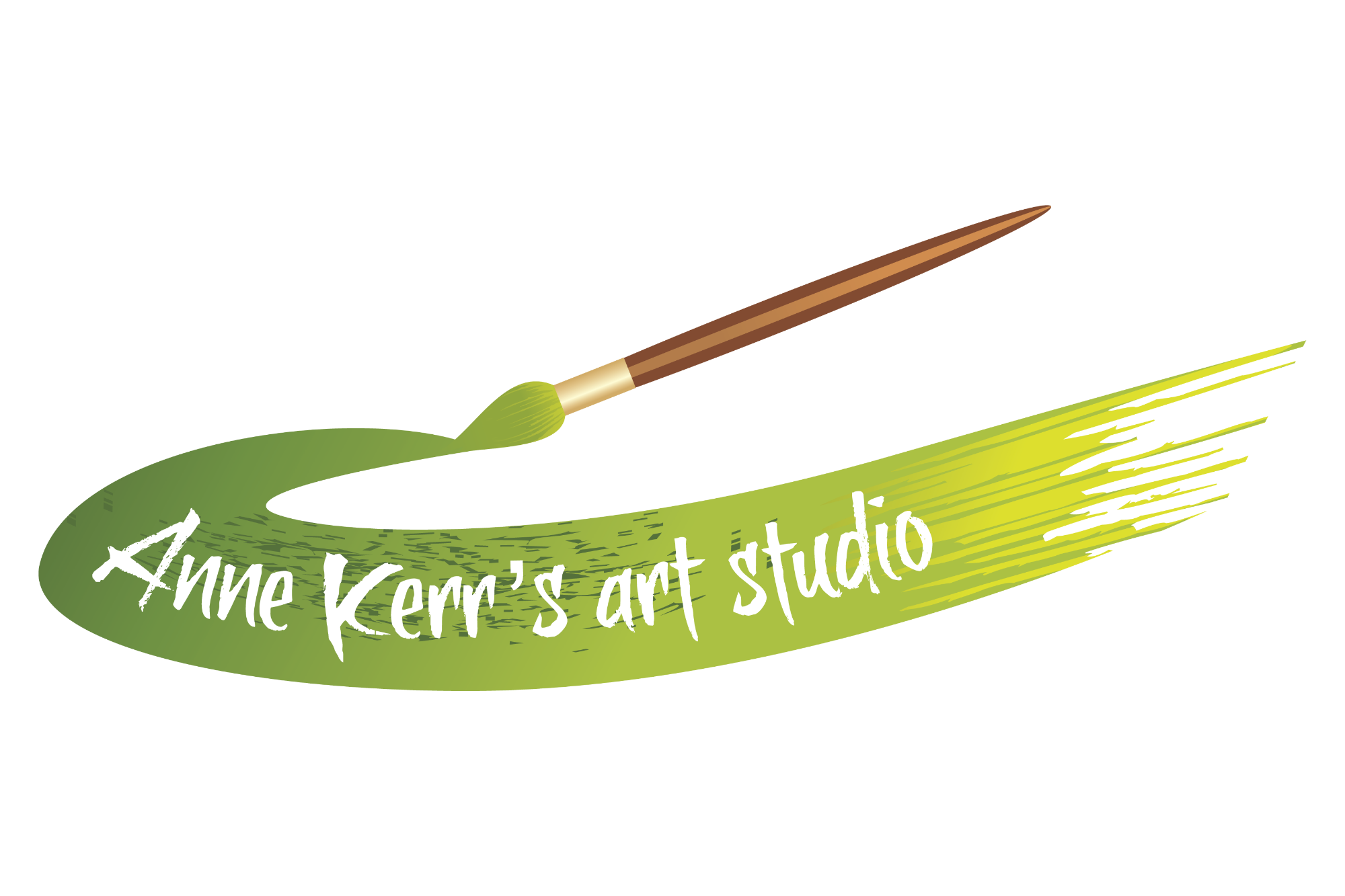Pen and Ink (Line and wash)
This is a very exciting medium and possibly a little underated
The materiaIs I recommend are highlighted in green
There are two main types of drawing ink: pigment ink and dye based ink. Pigment ink is archival, waterproof and fade proof. Dye based ink, on the other hand, is water-soluble. There will however be slight exceptions but these are the main differences.
Drawing pens come in many forms: quill, reed, dip, fountain, ball point, gel, technical, felt tip, brush and so the list goes on. For convenience, I recommend using fountain pens or technical pens. Uni pens or Sakura Pigma Micron pens are good examples of the metal tipped technical variety. Although fountain and technical pens are convenient to use, there is one main difference. Fountain pens have a flexible nib that can produce lines of varying width depending on the amount of pressure exerted when drawing.
Modern fountain pens will have disposable ink cartridges. Most of these cartridges contain dye based (water-soluble) ink. If you wish to use pigment (waterproof) ink in your fountain pen, you can purchase a 'converter' that replaces the disposable cartridge. The converter can be filled directly from a bottle of pigment ink specially designed for fountain pens. Platinum carbon ink is one such make. I use a Lamy Safari fountain pen with a converter, an extra fine nib and black pigment ink. If you prefer water-soluble ink and the flexibility of a fountain pen nib, then the Rotring drawing pen would be a good choice
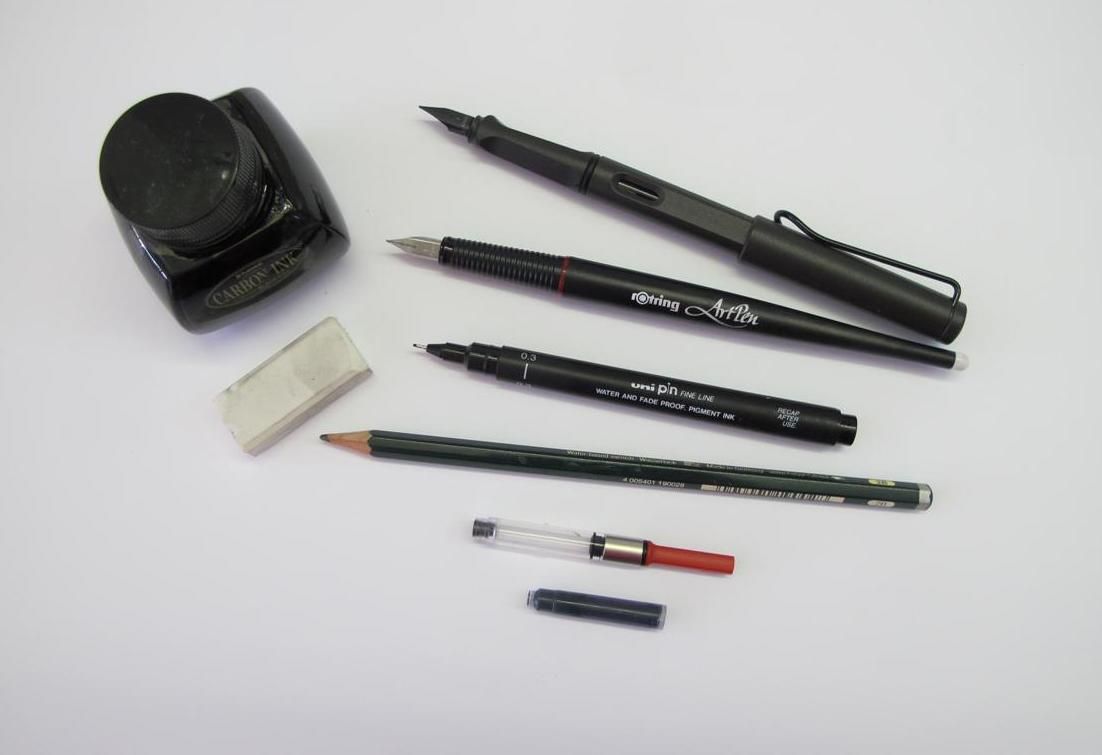
This image shows you a selection of drawing materials you will need to get you started with pen and ink drawing. You can see the little converter lying next to the disposable ink cartridge. Make your own choice between a pen with waterproof or water-soluble ink (see previous paragraph for details)
Paper
Always invest in good paper. I have seen so many pieces of art spoiled because of cheap paper. The type of paper you choose depends on the final result you require. If you want a textured look to your drawings then choose a textured paper. If you want a smooth look then a smooth paper should be your choice. Cartridge paper can be used but no lighter in weight than 170gsm. If you intend to use ink without the addition of water washes, then acid free mixed media sheets, or Bristol board would be excellent. If you want to use water-soluble ink or add watercolour washes, then choose a hot pressed (smooth), or NOT (medium texture) watercolour paper. Always choose a watercolour paper no less than 300 gsm in weight or it will buckle when wet.
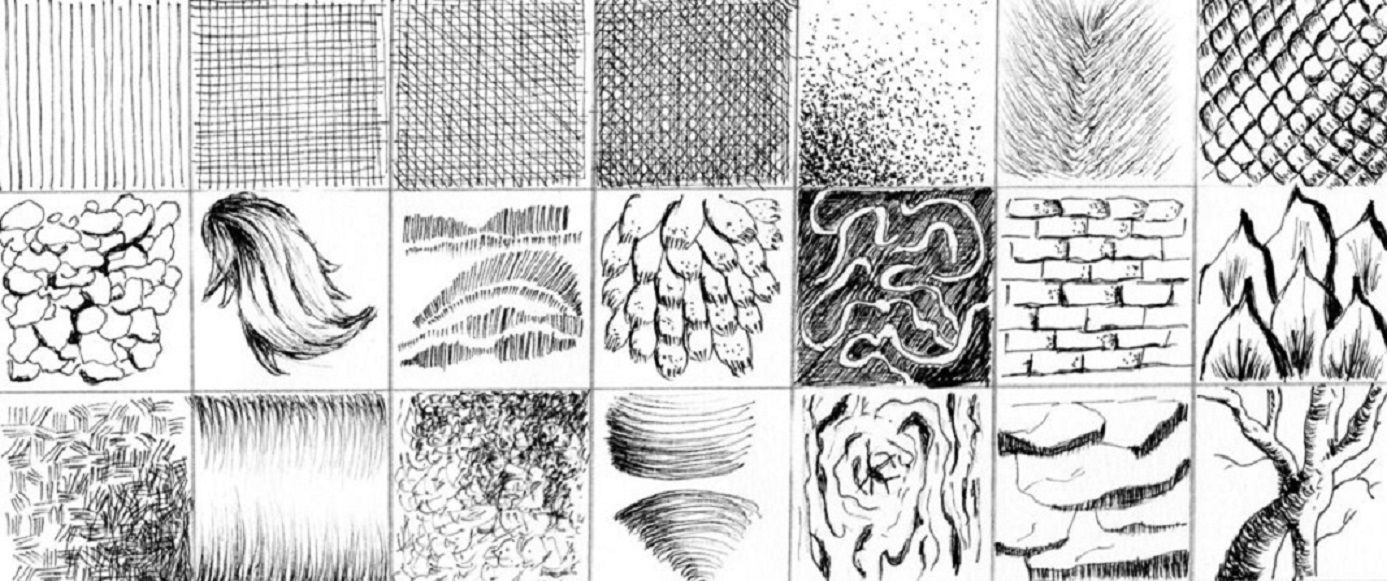
Probably the most important aspect of drawing with ink is uniformity and consistence of your pen strokes. A feature of your picture that has been shaded with hurried scrappy strokes can be confusing to the viewer. Take your time. You can see many examples of carefully drawn shading strokes in the image on the left. Think of the items that these pattern marks could represent. So many people just do straight cross hatching to show shading. I would only ever use this technique to show a flat surface. The images below show you many of the different shading marks that are possible within a picture.
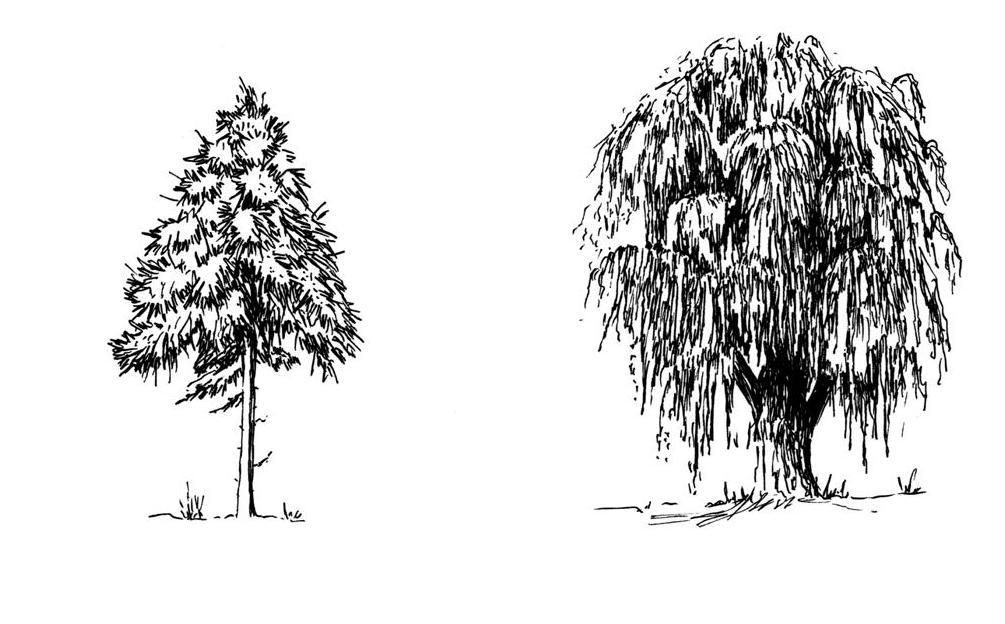
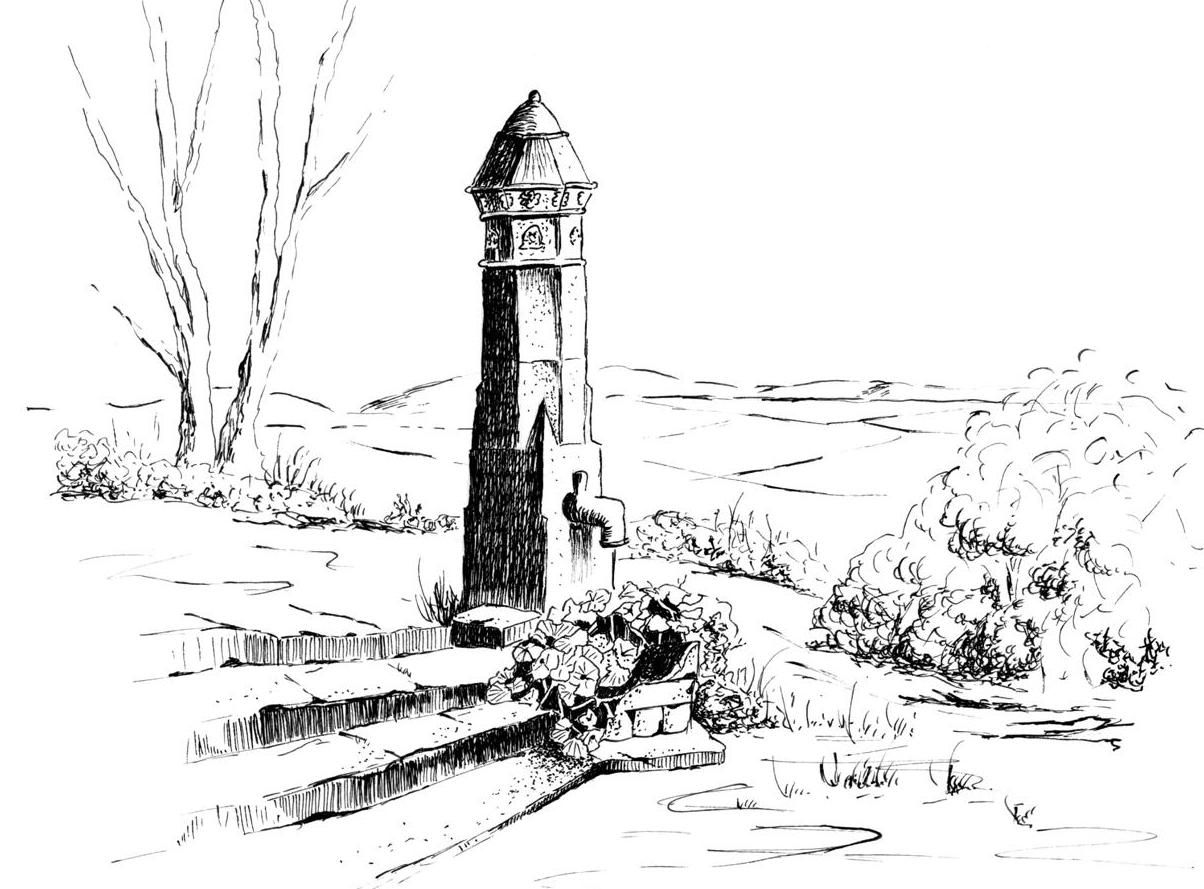
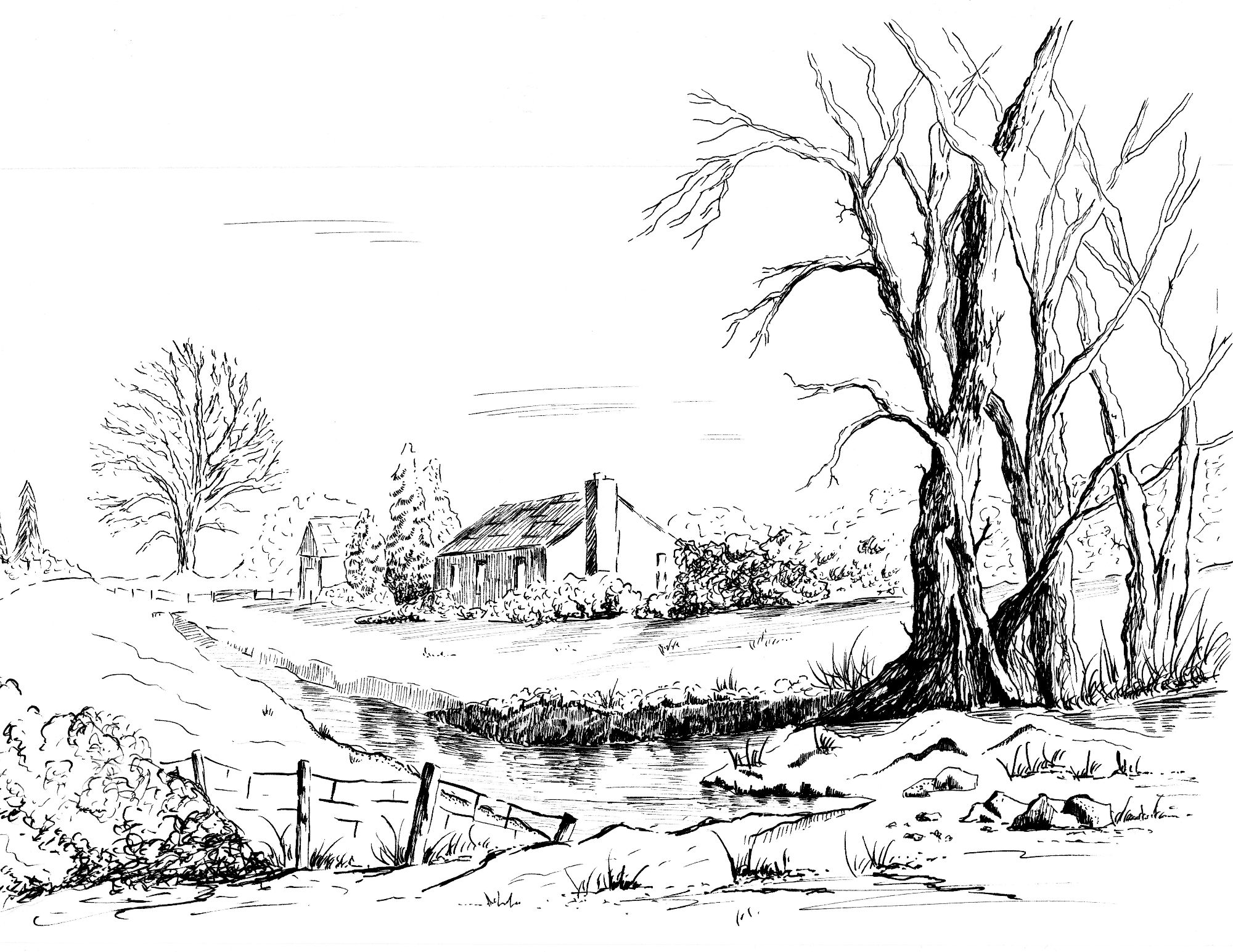
Line and wash
The image on the left was drawn with waterproof ink with a soft watercolour wash added. The image on the right was drawn with a mixture of both waterproof and water-soluble ink
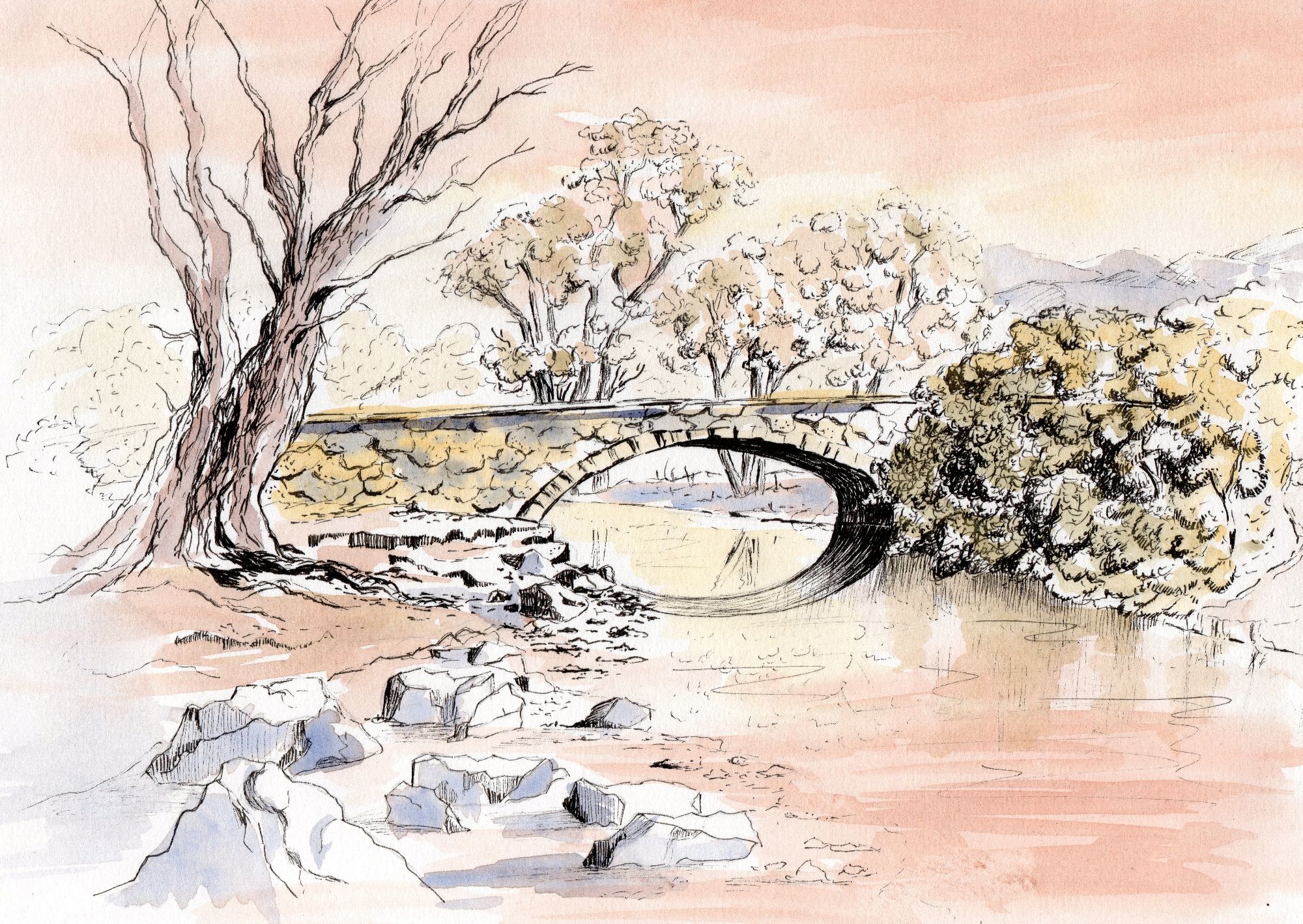
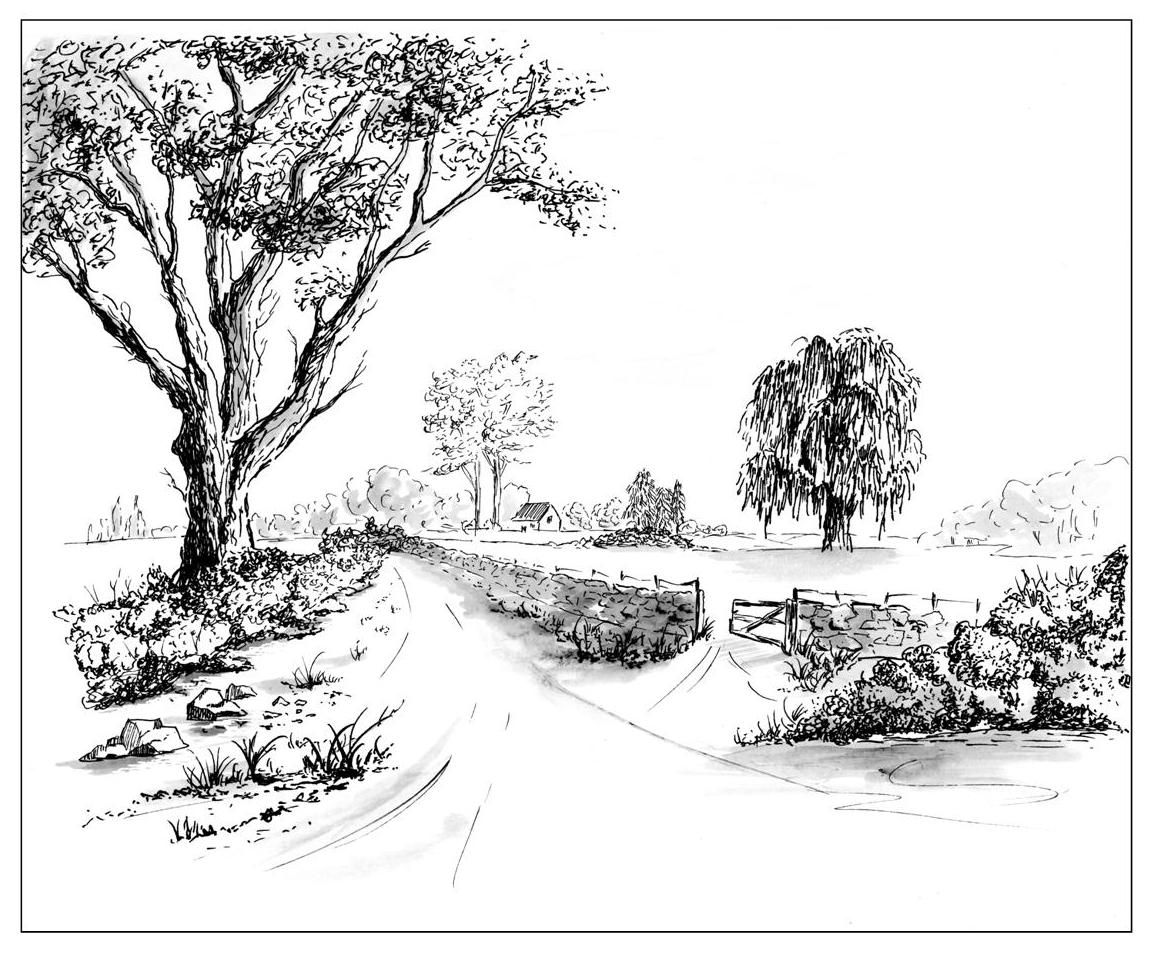
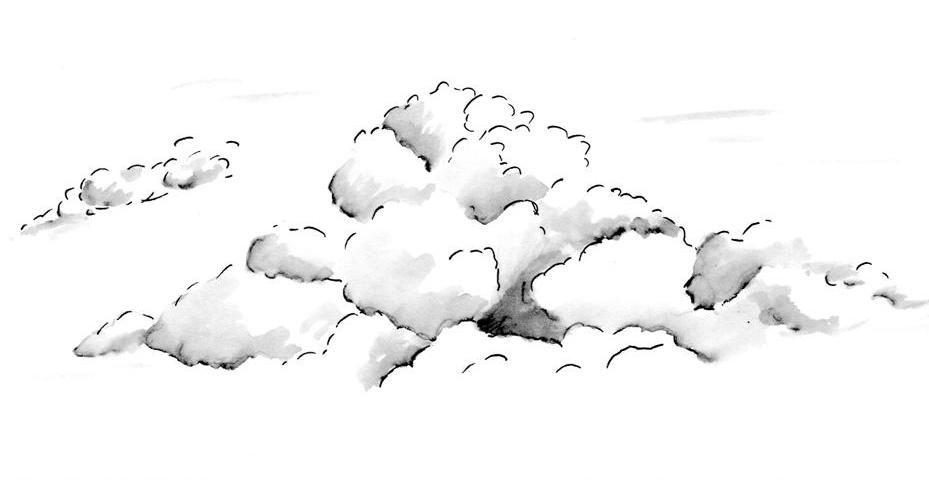
Sky
This is probably the most difficult feature of the landscape to portray using permanent ink. Drawing soft gentle shading is more difficult with ink than when using graphite pencils. Sometimes when doing a pen and ink drawing, it is better to leave the sky alone.
Clouds
If you want to show a cloudy sky, be careful not to make it too busy. The general rule with all landscape painting and drawing is to have a simple sky with a busy landscape and a busy sky with a simple landscape. If both sky and land are too fussy, the picture loses impact. Drawing clouds are easy if we start with a basic shape. In this case it will be the shape of the sphere. Remove some of the contour lines from the little spheres to leave the shapes 'open'. Add a bit of shading with a watersoluble pencil or a touch of watercolour and you have clouds! Unless it is sunset, the sun is usually above the clouds, so shade your little spherical shapes accordingly. Choose the type of lines you want for your shading and use it throughout the clouds. Consistency of line is always important so you don't confuse the viewer.
If we once again think about perspective, our cloud formations will appear smaller and closer together the further away they are. Clouds are usually flatter at the bottom than at the top. Think about the shape of a rain cloud that is heavy with water.
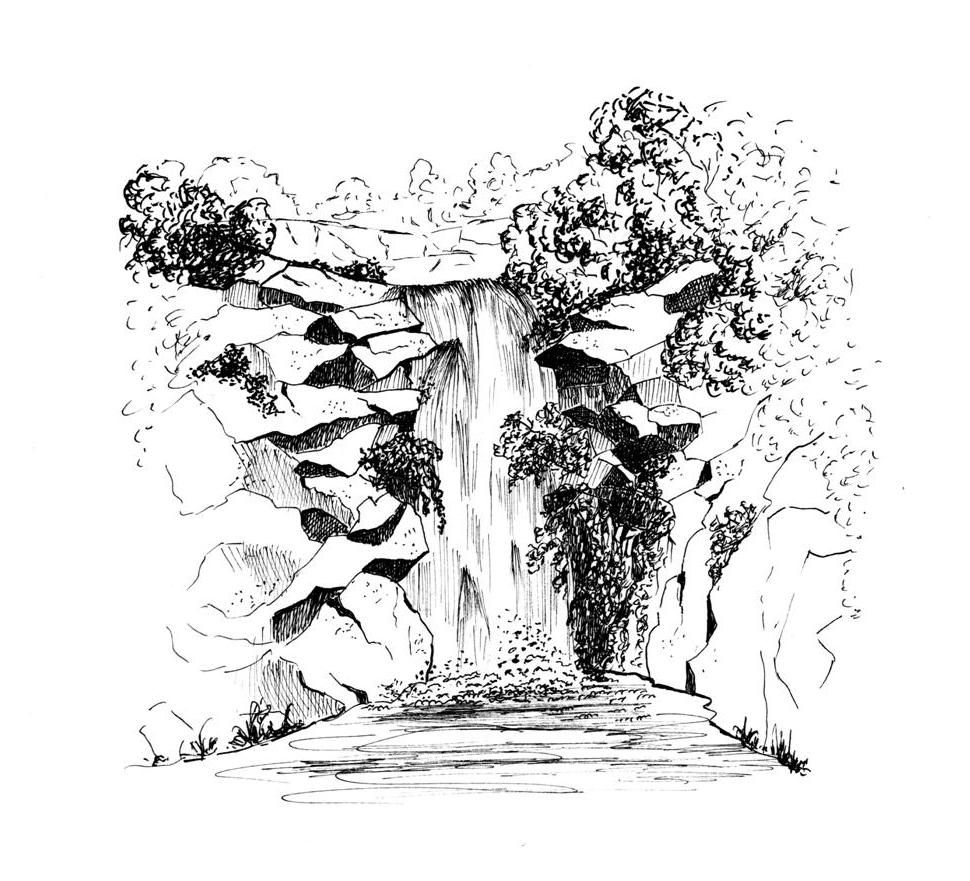
This waterfall was drawn with a Lamy Safari fountain pen containing waterproof ink. It would be easy to add a watercolour wash or even tint the drawing with coloured or watersoluble pencils. The possibilities are endless.
Don't ever say 'I'm no good at drawing'. If you can hold a pen or pencil you can draw. Find out why you have problems drawing a particular topic and find ways around it. Try different methods or materials and eventually you will be able to do it. When people say to me 'I can't draw', my first question is always 'when did you last try?' Usually, it was a very long time ago. We only get better at the things we constantly practice.
I have only just touched the surface of starting to draw with pen and ink. Hopefully it has whetted your appetite to experiment and come up with your own preferred materials and drawing style. It's an exciting medium and an easy one to carry around. Give it a go, keep practicing but most importantly, have fun!
For recommended books on starting to draw, go to my books page
